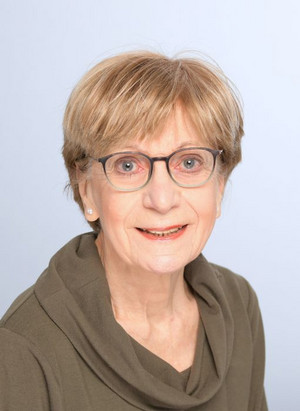When do Quebec doctors recommend exercise?


According to the WHO, over a quarter of the world’s adult population isn’t active enough. The proportion is greater still in high-income countries. Physicians are competent to give advice based on the patient’s health status and are a trusted source of information. But do doctors in Quebec have the time to discuss physical activity when they see patients and what kind of advice do they give?
These questions were investigated in a study conducted by Suzanne Laberge, a professor in Université de Montréal’s School of Kinesiology and Physical Activity Sciences, Véronique Gosselin and Kim Lestage, graduates of the School, Miguel Chagnon, a statistician in UdeM’s Department of Mathematics and Statistics, and Claude Guimond, director of continuing education at the FMOQ, Quebec’s association of general practitioners.
The study measured changes between 2010 and 2020 in the frequency with which Quebec family physicians offered advice on physical activity. In 2010, 702 physicians completed a questionnaire on how often they discussed physical activity with patients, the perceived barriers, needs for improvement in this area, their own physical activity and sociodemographic information. In 2020, the same survey was repeated to document changes and 794 doctors completed the questionnaire.
While the number of family doctors promoting physical activity increased significantly, they did so mainly for secondary prevention.
Physical activity recommended for patients with depression or osteoarthritis
The study found significant increases in the proportion of family doctors discussing physical activity with their patients for certain health problems in 2020. It rose from 51 to 73 per cent for patients with depression and from 38 to 51 per cent for patients with osteoarthritis. Similar increases were seen for low back pain (from 29 to 46 per cent), chronic obstructive pulmonary disease and asthma (from 15 to 22 per cent) and cancer (from 2.4 to 5.1 per cent).
Laberge noted that for cancer patients, “being in good physical condition could help them respond better to chemotherapy, radiation and other treatments. However, there is plenty of room for improvement!”
Physical activity prescribed less often for primary prevention
However, doctors were less likely to advise exercise for overweight patients, those with metabolic syndrome or for primary prevention (to prevent medical conditions before they occur). The proportion fell from 85 to 80 per cent for overweight patients, from 74 to 69 per cent for patients with metabolic syndrome, and from 40 to 34 per cent for primary prevention.
“In the case of healthy patients, doctors unfortunately no longer have the time to talk about physical activity during their very short 15-20 minute consultations,” Laberge noted.
Physically active and older doctors more likely to recommend physical activity
No significant differences were found by region or physician gender but there were differences associated with the physician’s experience. Doctors with more than 20 years of practice were the most likely to recommend physical activity in both 2010 (52 per cent) and 2020 (53 per cent).
“The fact that doctors, especially younger doctors, are less likely to advise physical activity for primary prevention is cause for concern,” said Laberge. “The trend shows that young family doctors promote physical activity in routine consultations less than their more experienced colleagues.”
The doctor’s own level of physical activity was also found to be a predictor of their likelihood to recommend it to patients in both 2010 and 2020.
Systemic approach to promoting physical activity
Closer collaboration between kinesiologists and physicians, and materials to support education and awareness, were the top needs identified in 2010, cited by 62 per cent of respondents. In 2020, this increased to 72 per cent.
“Successfully integrating physical activity promotion into clinical practice requires a systems approach that includes medical school curricula, community resources and physical activity promotion experts, as well as public health policies and programs,” said Suzanne Laberge, who teaches the physical activity promotion course.
She stressed the importance of a conducive environment for physical activity promotion: “We need to help people by working on the physical, cultural and economic environments at the same time. Immediate living conditions are key factors in enabling people to take responsibility for their health and engage in physical activity for their well-being and to prevent health problems.”



